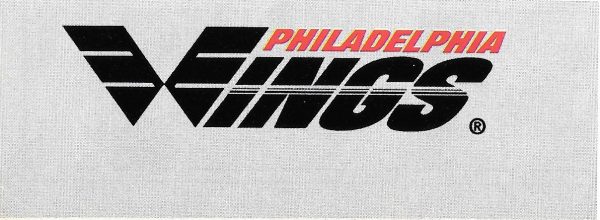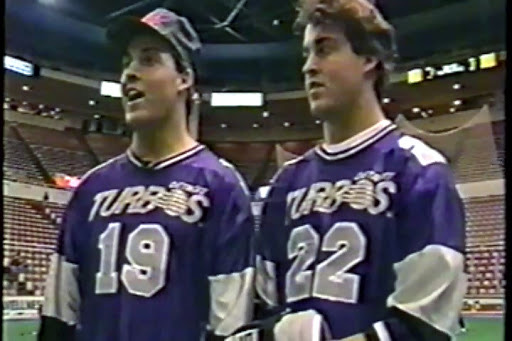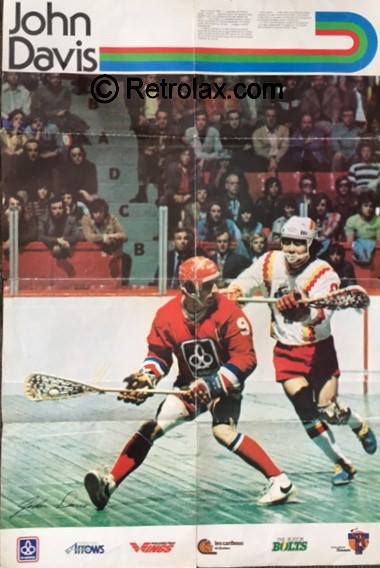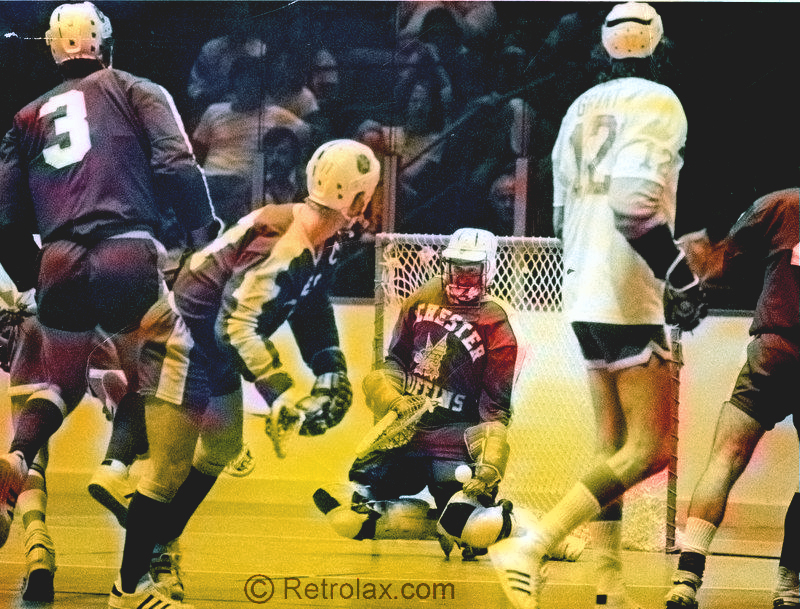by Dan Ventura
He has a good job, a nice family and a good head on his shoulders.
Therefore, just why is Boston Blazers forward Peter Schmitz risking his limbs for another season in the MILL?
“Actually, there were a couple of reasons,” said Schmitz, at 32 the eldest Blazer. “The opportunity to play in a place like the Boston Garden is one of the reasons. Another reason is the new practice site at Milford. In previous years, I would have a two-hour commute to practice from Bristol, Rhode Island, but that has been cut by almost an hour.
“I could have retired and taken an assistant coaching job, but I feel I can contribute another year as a player. The final reason is my wife and her friends love coming to the games. It’s another way for (Carolyn) to see her friends.”
Schmitz’s decision to come back for another year was music in the ears of Blazers coach Ron Fraser, who has coached Schmitz the past two years, and considers him a coach on the field.
“Peter has great leadership qualities,” said Fraser. “He’s a steady, consistent player, who won’t score a lot of goals, but won’t allow many as well.
“People look at him at 31 and think he’s over the hill. Just look at baseball or basketball players when they’re 31-32 years old, they’re considered coming into their prime.”
Schmitz grew up in a lacrosse hotbed. While Texas and Florida are considered hotbeds for high school football, the same can be said about lacrosse and Long Island, NY, where Schmitz spent his formative years. Schmitz played at Port Washington High School for four years, before departing for the University of Massachusetts at Amherst.
After a solid career at UMass, Schmitz became an assistant coach where he coached several of the current Blazers, including Scott Hiller, Glenn Stephens, Tim Soudan, Ray Cozzi and Tom Carmean. Schmitz cites his knowledge of those players and his knowledge of the game as two major plusses.
“Every team needs some players who can solve the puzzles that develop on the field,” said Schmitz. “I think every team also needs people who can handle the leadership role.”
Being a veteran Blazer, Schmitz is as qualified a candidate as any to talk about the 1991-92 squad. He feels the club acquired some much needed depth and the Blazers should benefit from that in the long haul.
“I think we have a few new guys who are able to contribute right away,” said Schmitz. “Our 22nd through 25th players are much stronger. We had one player (David Robinson) who looked like he was going to be a good player until he hurt his knee. Hopefully, we can get him back by the end of the year.”
Schmitz has been firmly entrenched on the second line with Chris Cameron, Tom Gagnon, Soudan and Stephens. The quintet may not be the most potent scoring line around, but the opponents will have an equally hard time scoring.
“Our line works well together” said Schmitz. “We have good speed and are able to get the ball up the field. We are able to defend and score if the opportunity is there.”
So far, the marriage between Peter Schmitz and the Boston Blazers looks like it will endure another year of prosperity.
BLAZER BULETIN: Much like the game against Philadelphia, Fraser will prepare for Saturday night’s (January 25th) home opener against the Pittsburgh Bulls by reviewing mental notes of last year’s action.
“They’re one huge team—one that is frightening,” said Fraser, whose team has split the last four meetings against the Bulls. Whenever we’ve played them in the past, it has been a very physical game. (Pittsburgh) likes to fire away from the outside with heavy shots, then try to ram in the rebounds.
“We have to be able to fast break, get the ball up and avoid the checking. It should be something like the Portland Blazers against the Boston Celtics.”
It doesn’t take a rocket scientist to figure out which team is which, judging by Fraser’s analogy.
Fraser got a first-hand look at the inside of Boston Garden last week. The first thing Fraser did was check the boards, looking to see if there was any play in them.
“Those boards are concrete,” the Blazers coach said. “When we played at the Worcester Centrum, the boards were made of fiberglass, so there was a little flexibility. There’s not much of that here—these boards are as hard as cement. It’s going to take some time to get used to playing here.”
(The Indoor Lacrosse Newsletter, Vol. 1, No. 4, January 24, 1992)
(Special thanks to Bob Heyes for providing a copy of the paper)










